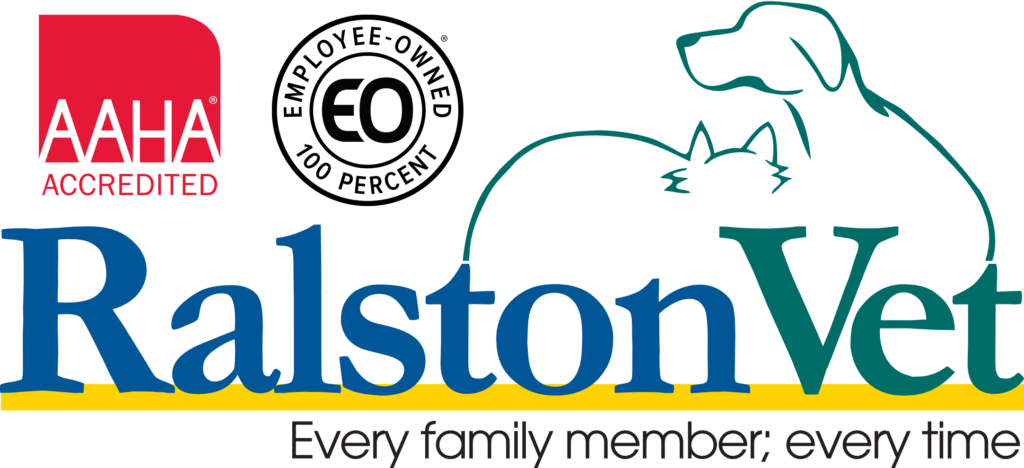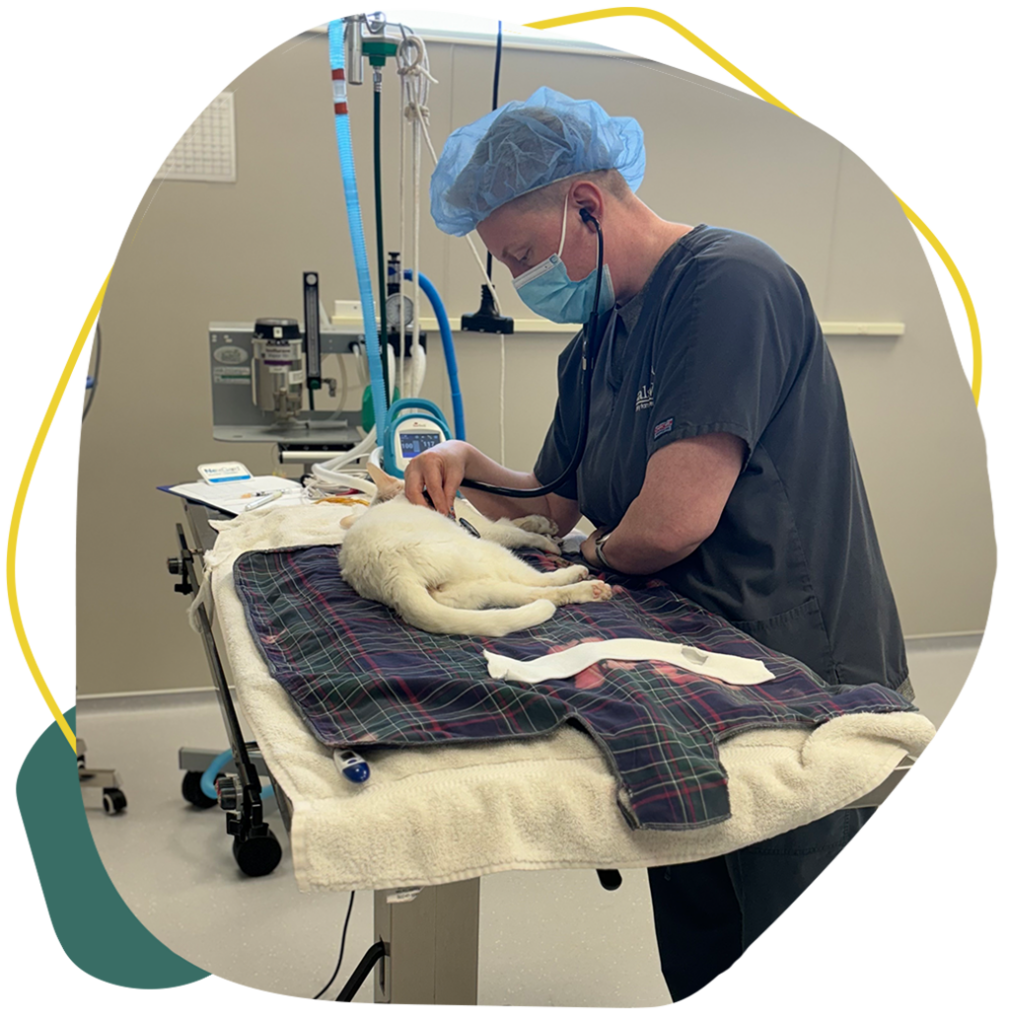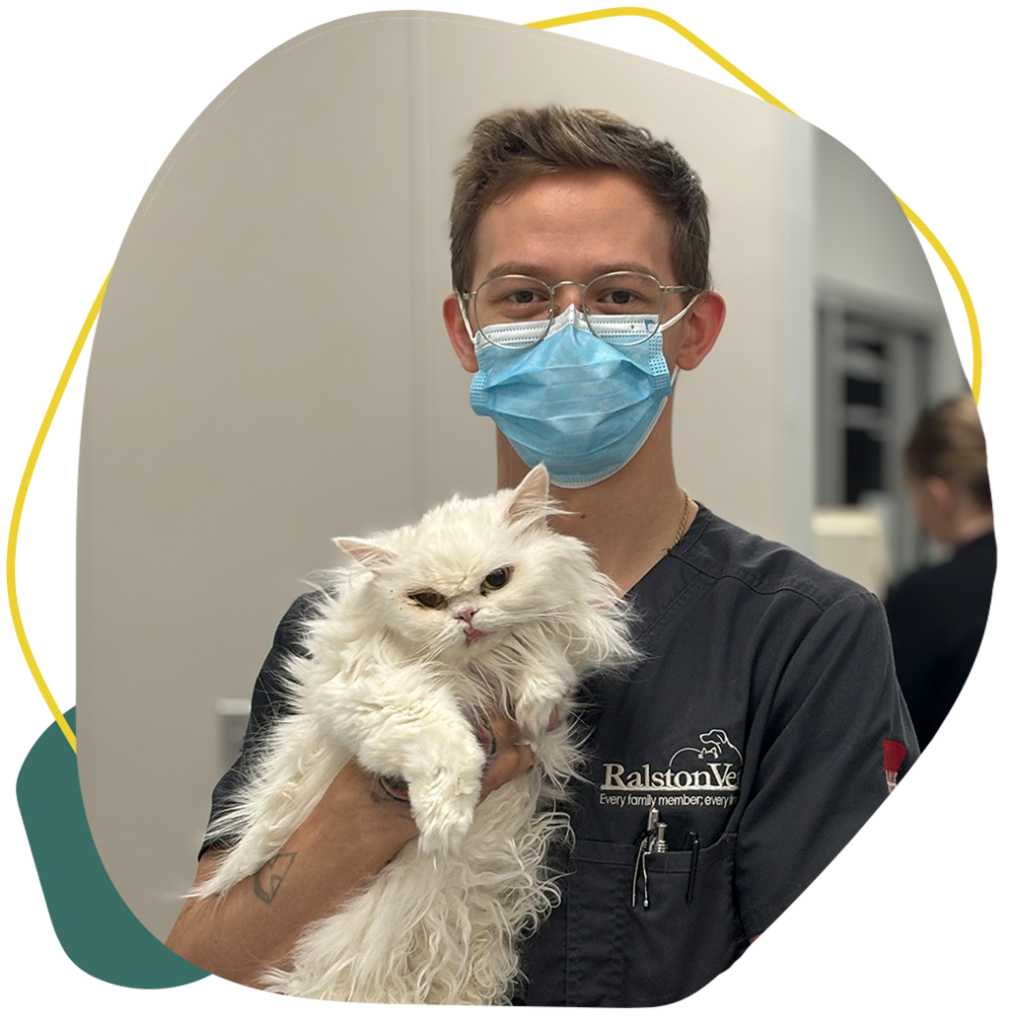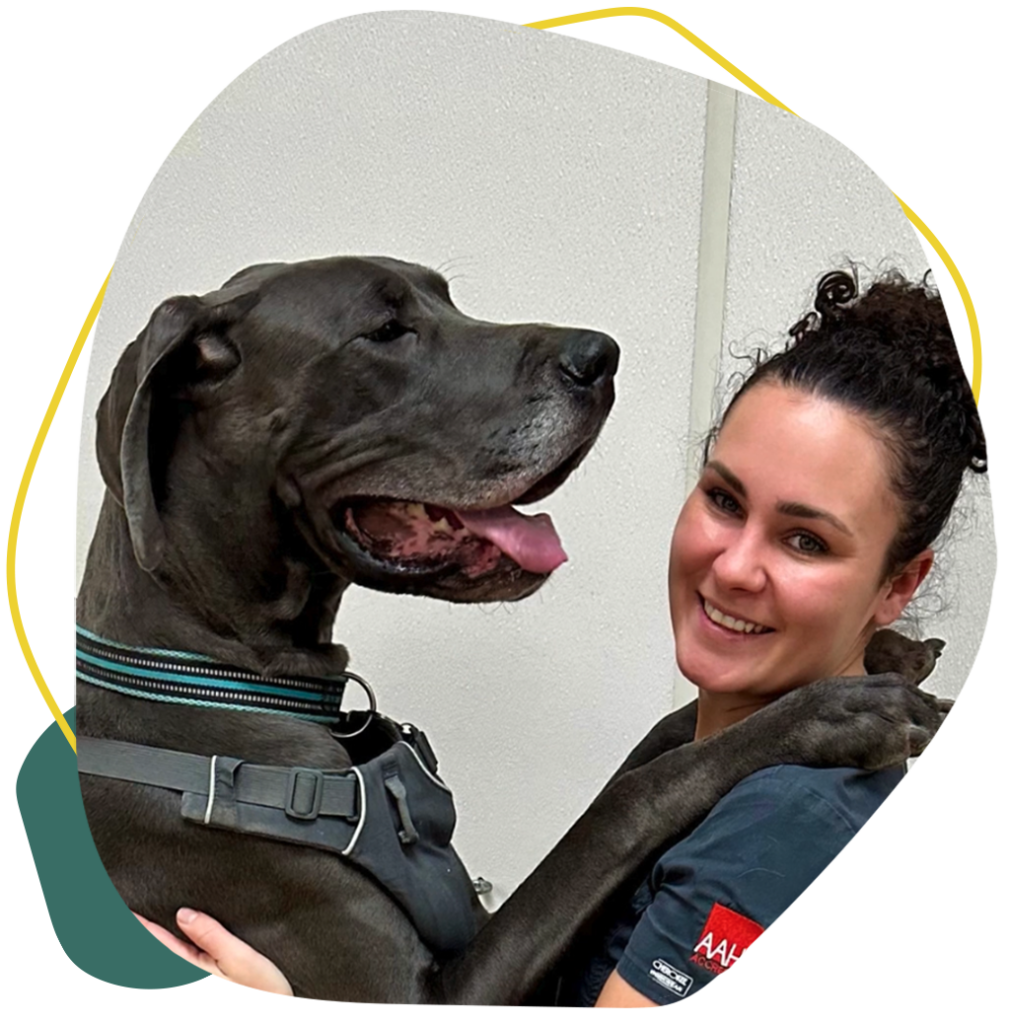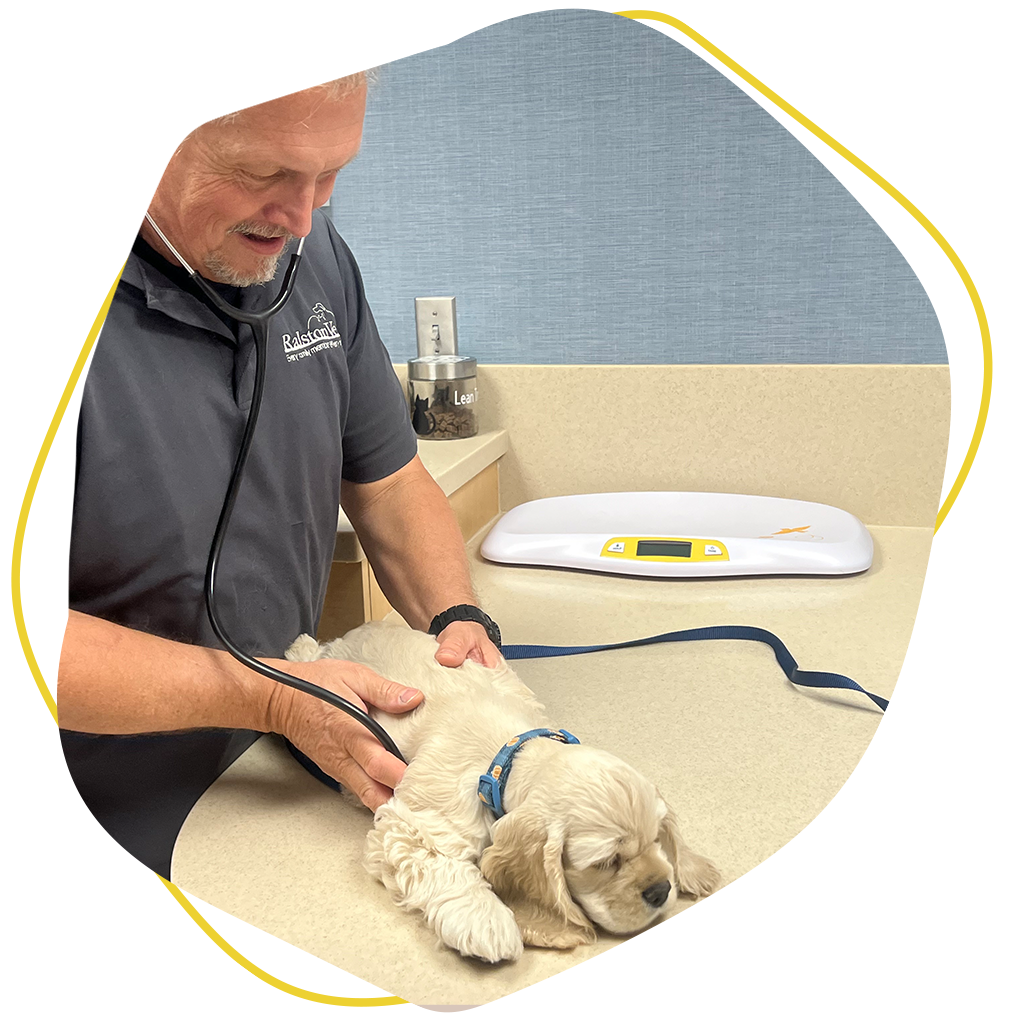CCL (Cranial Cruciate Ligament) Surgery – Restoring Mobility and Comfort
Injuries to the CCL can be distressing for our pets, affecting their mobility and causing discomfort. Through surgeries like extracapsular repair, we strive to restore stability to their knee joints, helping them lead happier, more comfortable lives.
Entropion Surgery – Looking Out for Our Pet’s Eye Health
Entropion, where the eyelid rolls inward causing the eyelashes to rub on the eye, can be uncomfortable and damaging for our pet’s eyes. The surgical correction involves delicate modifications to the eyelid, safeguarding our pet’s eyes from irritation and injury, and ensuring their well-being.
Foreign Body Removal
Our curious furry friends may sometimes ingest foreign objects, which can lead to serious complications. Surgical intervention becomes necessary to remove these objects and keep our pets out of harm’s way, ensuring their safety and health.
Amputation – Alleviating Pain and Ensuring Quality of Life
In cases of severe injury or irreparable limb deformities, amputation may be recommended to alleviate pain and improve our pet’s quality of life. Our resilient pets adapt remarkably well to life post-amputation, continuing to bring joy into our lives.
Femoral Head Ostectomy – Addressing Hip Joint Diseases
Hip joint diseases such as hip dysplasia can be challenging for our pets, but with a femoral head ostectomy, we aim to alleviate their pain and improve their mobility, helping them stay active and comfortable.
Stenotic Nares Surgery – Breathing Made Easier
Some of our furry companions, especially brachycephalic breeds, face respiratory difficulties due to narrowed nasal openings. We can help improve their breathing and alleviate their respiratory distress with a gentle procedure to widen their nasal openings.
Cystotomy – Addressing Urinary Issues
A cystotomy involves creating an opening into the urinary bladder, often necessary to remove bladder stones, address urinary obstructions, or repair bladder injuries, ensuring our pets’ urinary health.
Perineal Urethrostomy – Improving Urinary Flow
For male cats facing urinary blockages or strictures, perineal urethrostomy creates a new opening for the urethra, improving their urinary flow and helping prevent future urinary obstructions, ensuring their comfort and well-being.
Splenectomy – Addressing Spleen-Related Conditions
In certain cases of splenic masses, trauma, or immune-mediated diseases, a splenectomy may be recommended. This surgical procedure aims to improve our pets’ health and well-being, all under the careful guidance of our veterinary professionals.
